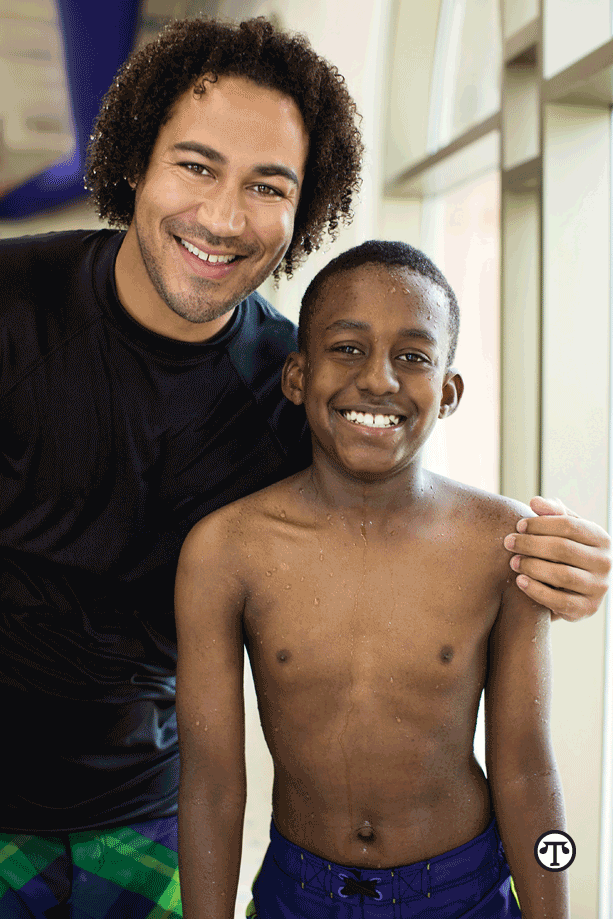
(NAPSM)—Drowning is a leading cause of death among children ages 5-14, especially amongst minorities. Considering 70 percent of African-American children don’t know how to swim (according to the USA Swimming Foundation), this is a serious threat, but one that can be mitigated via awareness and education.
The Problem
African-American children are less involved in competitive swimming when compared to their white peers, comprising only 1 percent of USA Swimming membership. Some reasons African-American kids don’t learn how to swim, either recreationally or competitively, include:
- Lack of Swimming Access: Facilities in traditionally underserved communities are few and far between, tend to be expensive and are often hard to access.
- Cultural Constraints: Data shows there may be a legacy of fear, perpetuated through generations.
- Parental Perceptions: Adults who don’t swim themselves are often ill equipped to understand what needs to be done so that their children learn to swim safely.
To help close the gaps in swimming safety, the YMCA created the Safety Around Water program, which aims to teach kids how to stay safe in and around the water and parents the importance of water safety skills. In 2016 alone, over 18,000 scholarships will be awarded for free swimming lessons to children in underserved communities.
In 1909, the Y started group swimming lessons, and now, in pools across the country, over a million children from all backgrounds are taught invaluable lessons in water safety and swim skills every year. Important skills include how to reach the water’s surface if submerged, how to safely reach a pool’s edge, how to properly exit any body of water and how to respond when placed in unexpected water situations.
“Every year, the Y teaches more than 1 million children from all backgrounds invaluable water safety and swim skills. This year, we’re committed to addressing the disturbing statistics around fatal youth drownings by making free swim lessons available to more than 18,000 children in underserved communities,” said Kevin Washington, President and CEO of Y-USA. “It’s our mission to help mitigate the sociocultural factors that inhibit today’s youth—especially those of color in urban communities—from receiving the potentially lifesaving skills to keep them safe in and around water.”
Water Safety Suggestions
If you know how to stay safe in and around water, swimming can be a lifelong source of fun and exercise. Here are six basic steps to ensure water safety:
1) Never swim alone. Swim only when a lifeguard is on duty.
2) Supervise children whenever they are in the water. Whether it is a bath, the ocean or anything in between, stay within arm’s reach of a child at all times.
3) Don’t hold your breath. When swimming, children should avoid holding their breath for extended periods of time. This can lead directly to drowning and other severe physical side effects.
4) Wear a life jacket. Novice swimmers should wear a Coast Guard-approved life jacket.
5) Don’t jump in to save someone struggling in deep water. Even a great swimmer can be overpowered by a panicked person, pulling the rescuer underwater. The Y’s Safety Around Water program teaches the “reach, throw, don’t go” concept of using a long object to reach for the swimmer and pull him or her to safety.
6) Enroll in water safety lessons. Participation in formal water safety lessons is an important skill, just like learning to look both ways before crossing a street. The Y’s program teaches fundamental water safety skills and how to react if children find themselves in water unexpectedly.
Learn More
Families interested in learning and enrolling a child in swimming and water safety classes should visit www.ymca.net/watersafety.
—————————————————————————————Editor’s Note: Although May is Water Safety Month, this article can be useful to your readers at any time.
